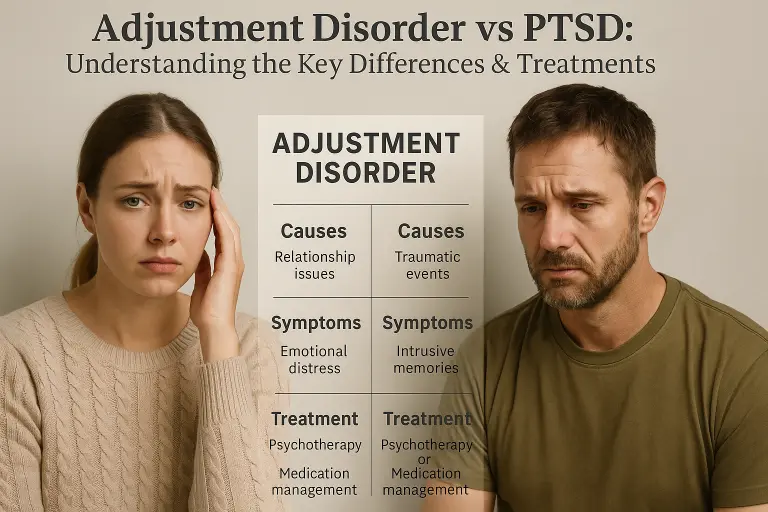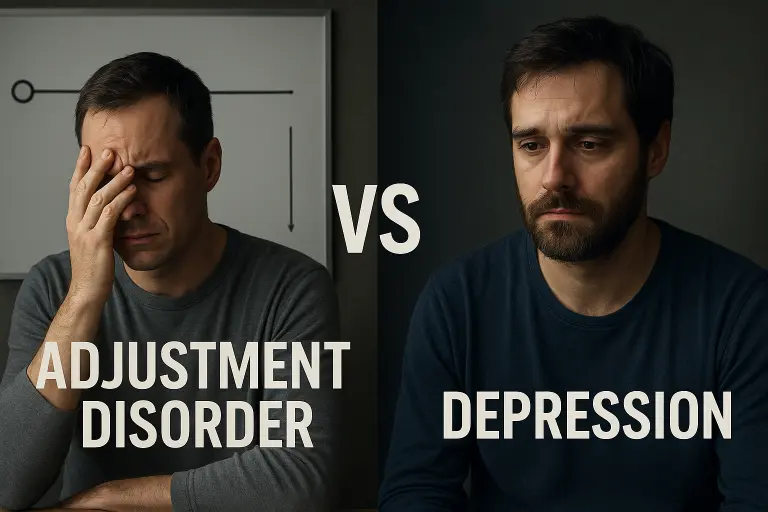The importance of addressing childhood trauma in therapy
Healing Beyond the Wounds: The Critical Role of Childhood Trauma in Therapy

Understanding Childhood Trauma and Its Impact
Childhood trauma, encompassing experiences such as abuse, neglect, violence, or the loss of loved ones, fundamentally disrupts a child's development. Defined by the exposure to life-threatening or damaging events—be they physical, emotional, or sexual—trauma affects countless children worldwide, with nearly two-thirds of adults reporting at least one adverse childhood experience (ACE). These early traumatic experiences can rewire the developing brain, impairing emotional regulation, cognitive functioning, and physical health, leading to long-lasting consequences across the lifespan. Recognizing and addressing these wounds in therapy is essential for promoting mental health recovery and fostering resilience.
The Significance of Addressing Childhood Trauma in Therapy
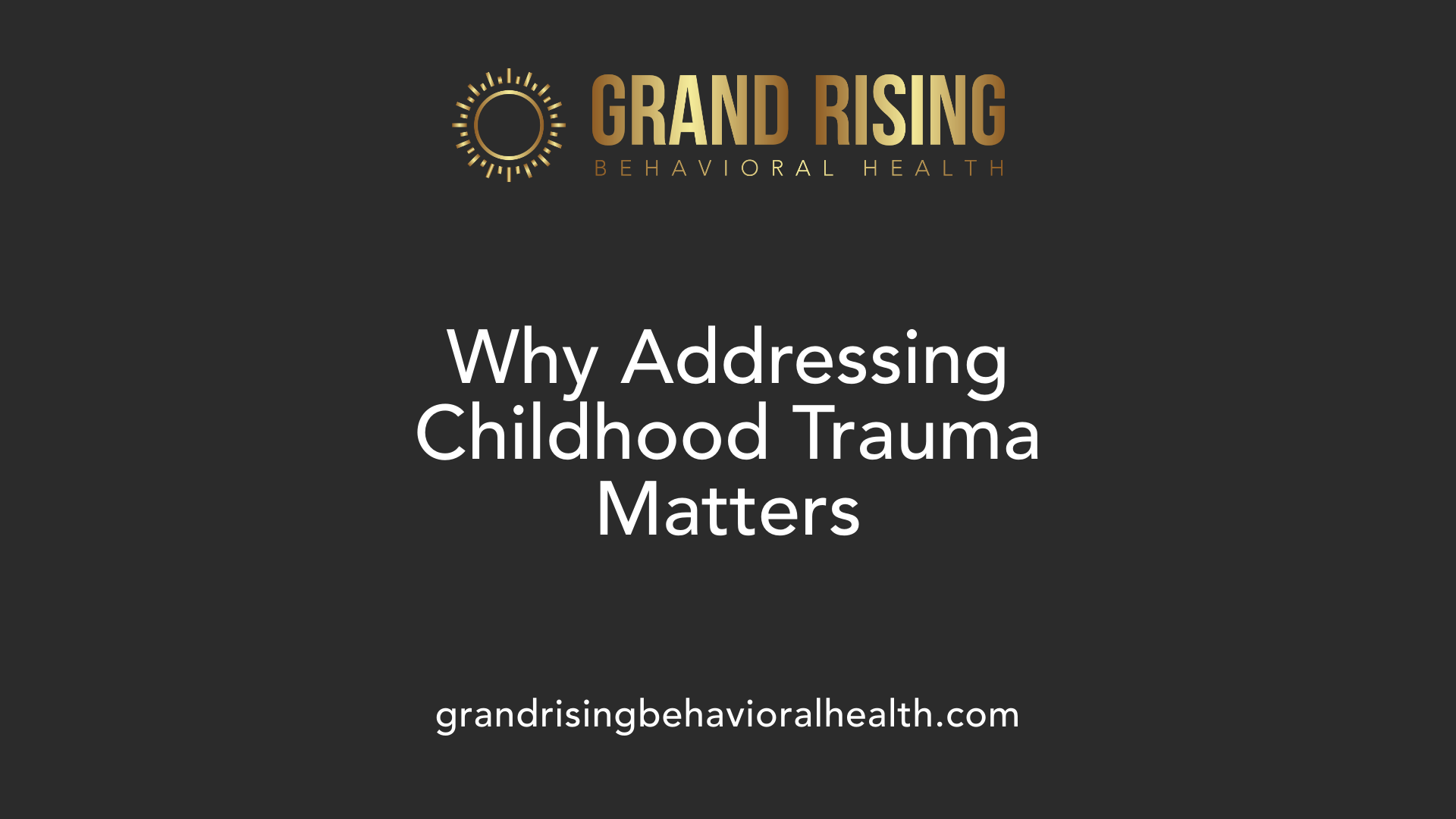
What is the importance of addressing childhood trauma in therapy?
Addressing childhood trauma in therapy is vital because unresolved traumatic experiences can leave deep, lasting scars that affect a person’s entire life. When trauma—such as physical, emotional, or sexual abuse, neglect, or witnessing violence—is not processed and treated, it can manifest in many ways, including emotional dysregulation, anxiety, depression, and physical health issues later in life.
Children exposed to trauma often struggle with developing trust, forming healthy relationships, and maintaining emotional stability. This can interfere with their ability to succeed academically and socially, creating long-term obstacles. Trauma-informed therapy focuses on creating a safe environment where children feel supported and understood. It helps them process their experiences, reduce trauma-related symptoms, and build resilience.
Early intervention plays a crucial role in preventing more severe health complications down the line, such as chronic illnesses, substance abuse, or mental health disorders like PTSD. When children receive appropriate care promptly, it can promote healthier brain development, emotional regulation, and social functioning.
Overall, addressing childhood trauma in therapy nurtures healing and stability, guiding children toward healthier, more adaptable lives as they grow into adulthood.
Recognizing Signs and Symptoms of Childhood Trauma
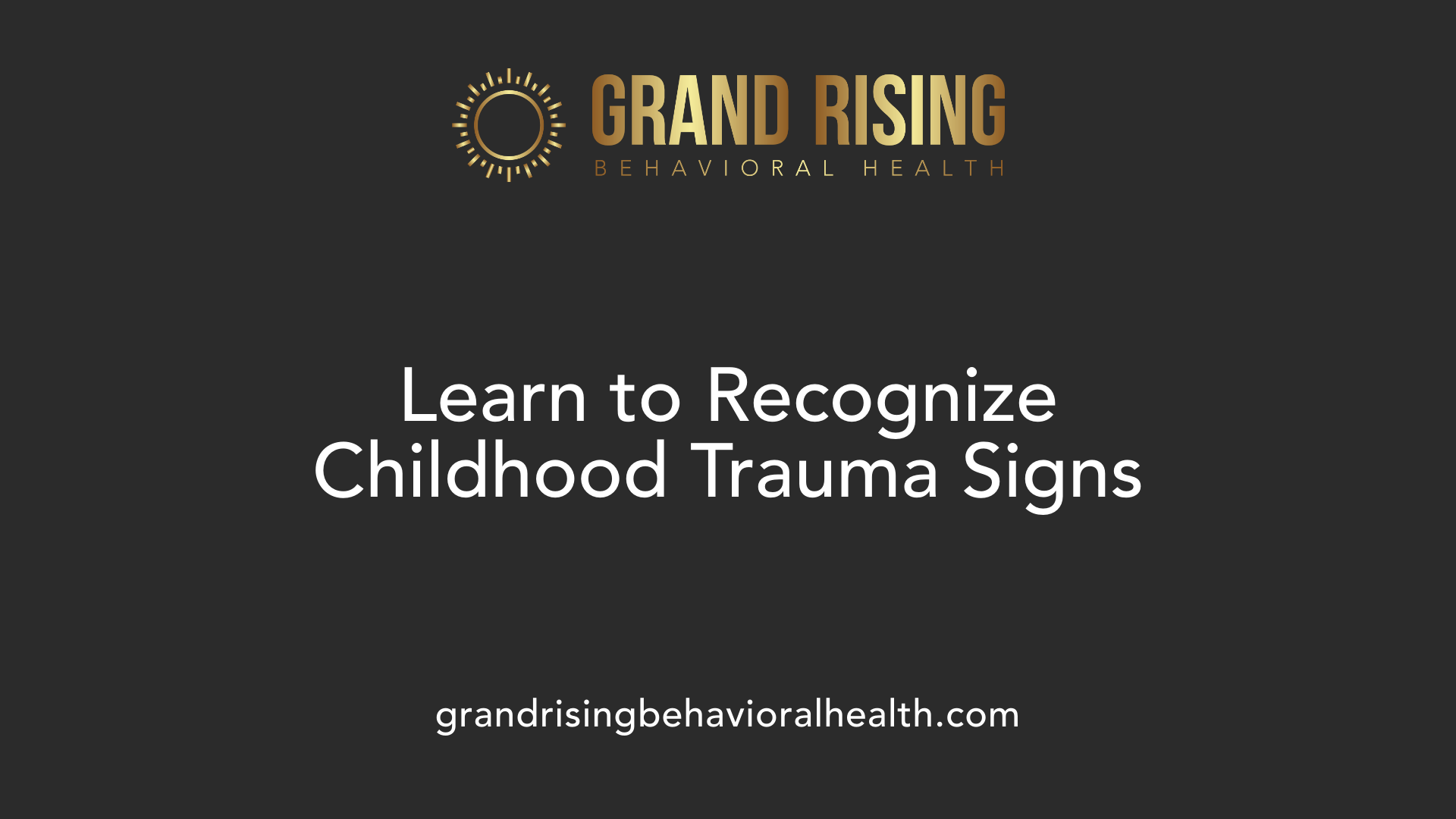
What are the signs and symptoms of childhood trauma in therapy?
Children and adolescents who have experienced trauma often show a range of physical, emotional, and behavioral signs that can be observed during therapy sessions. Emotional dysregulation is one of the most common indicators, with children displaying mood swings, heightened anxiety, and intense or unpredictable emotional reactions. They may also have trouble trusting adults and may struggle with forming or maintaining healthy relationships.
Behaviorally, traumatized children might exhibit avoidance of certain places or people, act out aggressively, or show impulsive behaviors. Intrusive memories, flashbacks, and nightmares are common trauma reactions that can cause distress and interfere with daily functioning. Additionally, feelings of shame, guilt, or self-blame often surface, impacting self-esteem.
Physical symptoms are also notable and can include frequent headaches, trouble sleeping or insomnia, and signs of hyperarousal such as being easily startled or having a heightened state of alertness.
Recognizing these signs is crucial for mental health professionals because it guides the implementation of trauma-informed care. The goal is to create a safe and supportive environment where children can heal. Sometimes, children will demonstrate readiness for therapy by showing openness or vulnerability, signaling that they are prepared to begin processing traumatic experiences.
Early identification of these symptoms allows for tailored interventions, like trauma-focused cognitive behavioral therapy (TF-CBT) or play therapy, to address their needs effectively and foster recovery.
Effective Therapeutic Approaches for Childhood Trauma
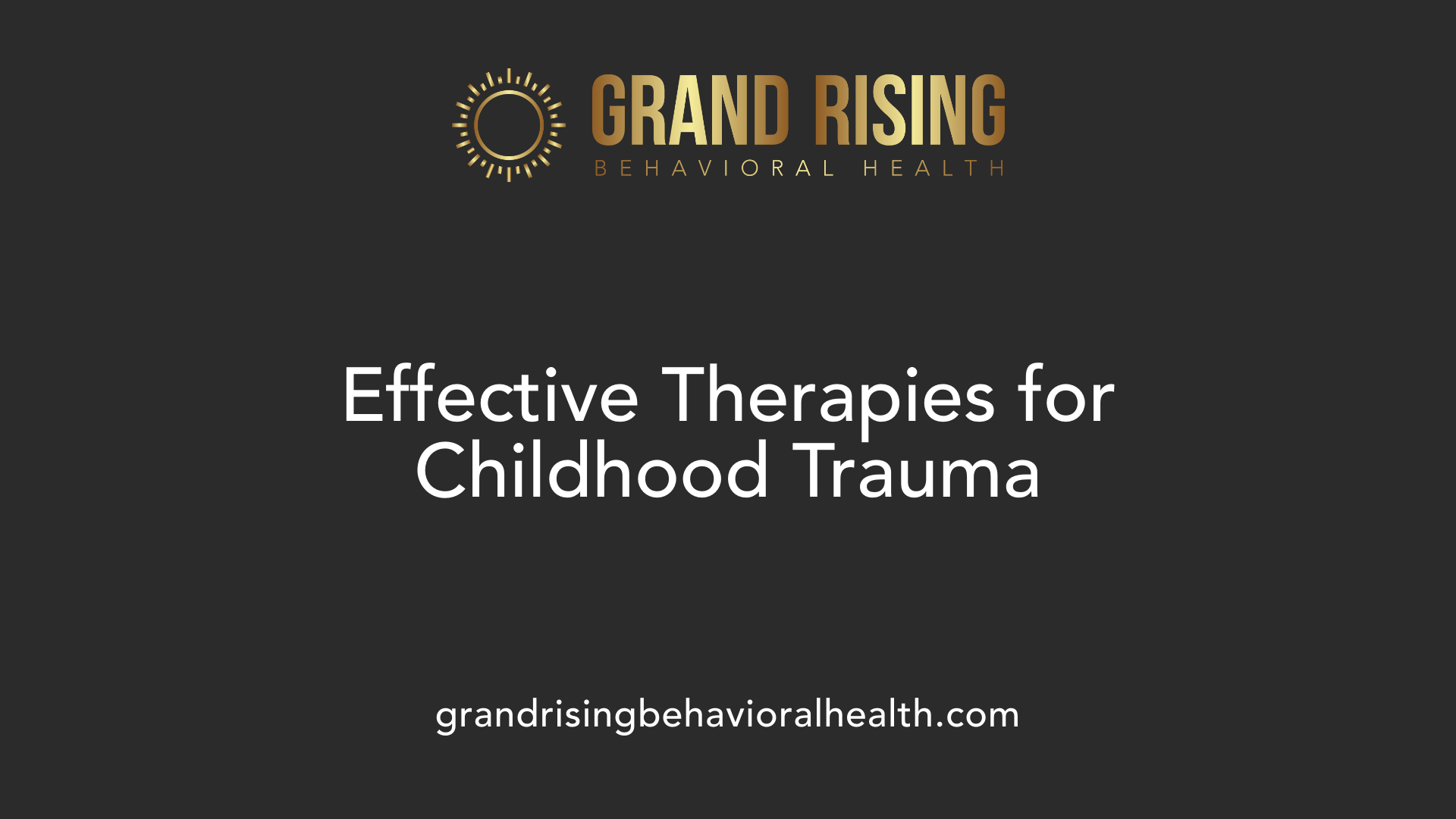
What therapeutic approaches are effective for treating childhood trauma?
Addressing childhood trauma requires specialized therapies that foster safety, trust, and healing. Trauma-informed therapy frameworks are centered on creating supportive environments that acknowledge how traumatic experiences influence emotional and physical well-being.
Prominent modalities include cognitive-behavioral therapy (CBT), trauma-focused CBT (TF-CBT), Eye Movement Desensitization and Reprocessing (EMDR), and exposure therapy. Each of these approaches aims to help children process traumatic memories, manage emotional responses, and develop healthy coping skills.
Trauma-focused psychotherapy modalities incorporate a variety of techniques:
- Cognitive-Behavioral Therapy (CBT): Helps children challenge unhelpful thoughts related to trauma and develop effective behaviors.
- Trauma-Focused CBT (TF-CBT): A tailored form of CBT involving both children and caregivers, emphasizing gradual exposure, psychoeducation, and skill-building.
- EMDR (Eye Movement Desensitization and Reprocessing): Focuses on reprocessing traumatic memories through guided eye movements, often reaping quick results with fewer sessions.
- Exposure Therapy: Involves safe and controlled confrontation with trauma memories to diminish avoidance and anxiety.
A vital part of effective trauma treatment is psychoeducation—educating children and caregivers about trauma responses—empowering them to understand and manage symptoms.
Emotion regulation skills are also central, enabling children to identify and modulate intense feelings associated with trauma and reduce distress.
Tailoring therapy to each child's developmental stage, cultural background, and individual needs enhances accessibility and effectiveness. Incorporating family and community support strengthens resilience and optimizes healing.
Role of psychoeducation and emotion regulation
Psychoeducation provides children and their families with knowledge about trauma responses, dispelling myths and reducing shame. It helps normalize feelings and behaviors, making children more receptive to therapy.
Emotion regulation techniques teach children to recognize physiological and emotional cues, use coping strategies such as deep breathing, mindfulness, and grounding exercises, and gradually gain control over overwhelming feelings.
Integrating these components—evidence-based modalities, psychoeducation, and emotion regulation—creates a comprehensive approach that addresses both the symptoms and the roots of trauma.
Ultimately, effective trauma therapy is a collaborative and flexible process that aims to rebuild trust, promote resilience, and support a child's journey toward healing and psychological stability.
Benefits of Trauma-Informed Therapy and Its Principles
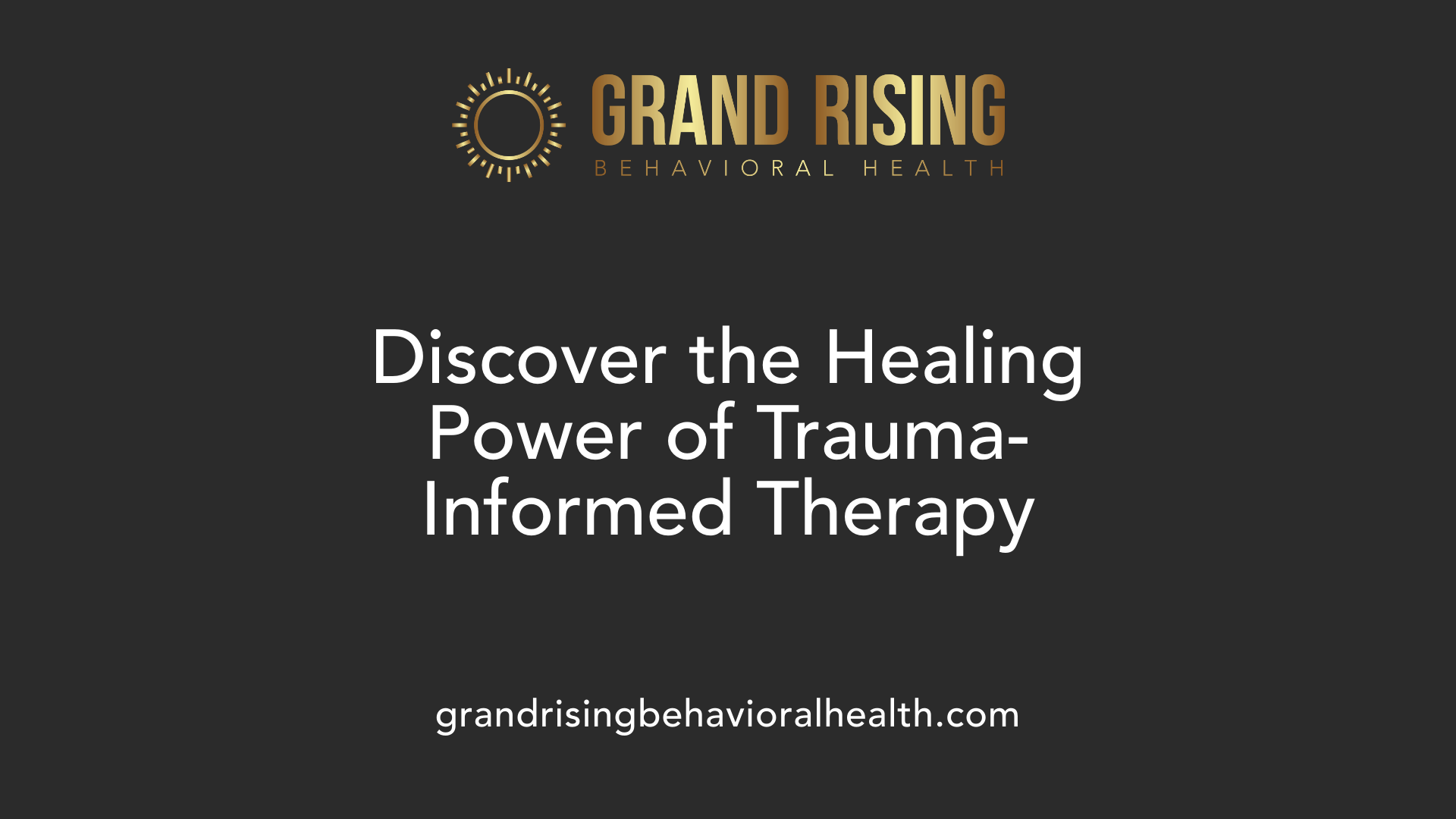
How does trauma-informed therapy benefit individuals who experienced childhood trauma?
Trauma-informed therapy offers significant advantages for those who have endured childhood trauma. It begins by establishing a safe and supportive space where individuals feel secure enough to explore painful memories and feelings. This approach recognizes the deep impact trauma has on emotional, mental, and physical well-being, ensuring that treatment addresses these interconnected aspects.
One major benefit is that it fosters trust and collaboration between the therapist and the individual. By emphasizing empowerment and respecting personal choices, clients gain a sense of control over their healing journey. This empowerment helps reduce feelings of helplessness often associated with trauma.
Trauma-informed care also utilizes specific techniques such as psychoeducation, which helps individuals understand how trauma has affected their brain and body. Emotion regulation skills are taught to manage distressing feelings more effectively. Modalities like Trauma-Focused Cognitive Behavioral Therapy (TF-CBT), Eye Movement Desensitization and Reprocessing (EMDR), and exposure therapy are employed to process traumatic memories safely.
Another essential benefit is its focus on reducing re-traumatization. This approach carefully avoids exposing clients to triggers that could worsen their symptoms. Instead, it promotes resilience and healthy coping strategies.
Furthermore, trauma-informed therapy enhances long-term recovery by strengthening resilience, fostering a positive self-image, and improving interpersonal relationships. By addressing the root causes of symptoms and emphasizing cultural sensitivity, this framework supports healing and helps individuals rebuild trust in themselves and others.
In summary, trauma-informed therapy supports healing by creating a nurturing environment, minimizing additional harm, and promoting strength and resilience—crucial in overcoming the enduring effects of childhood trauma.
The Role of Early Intervention and Support Methods
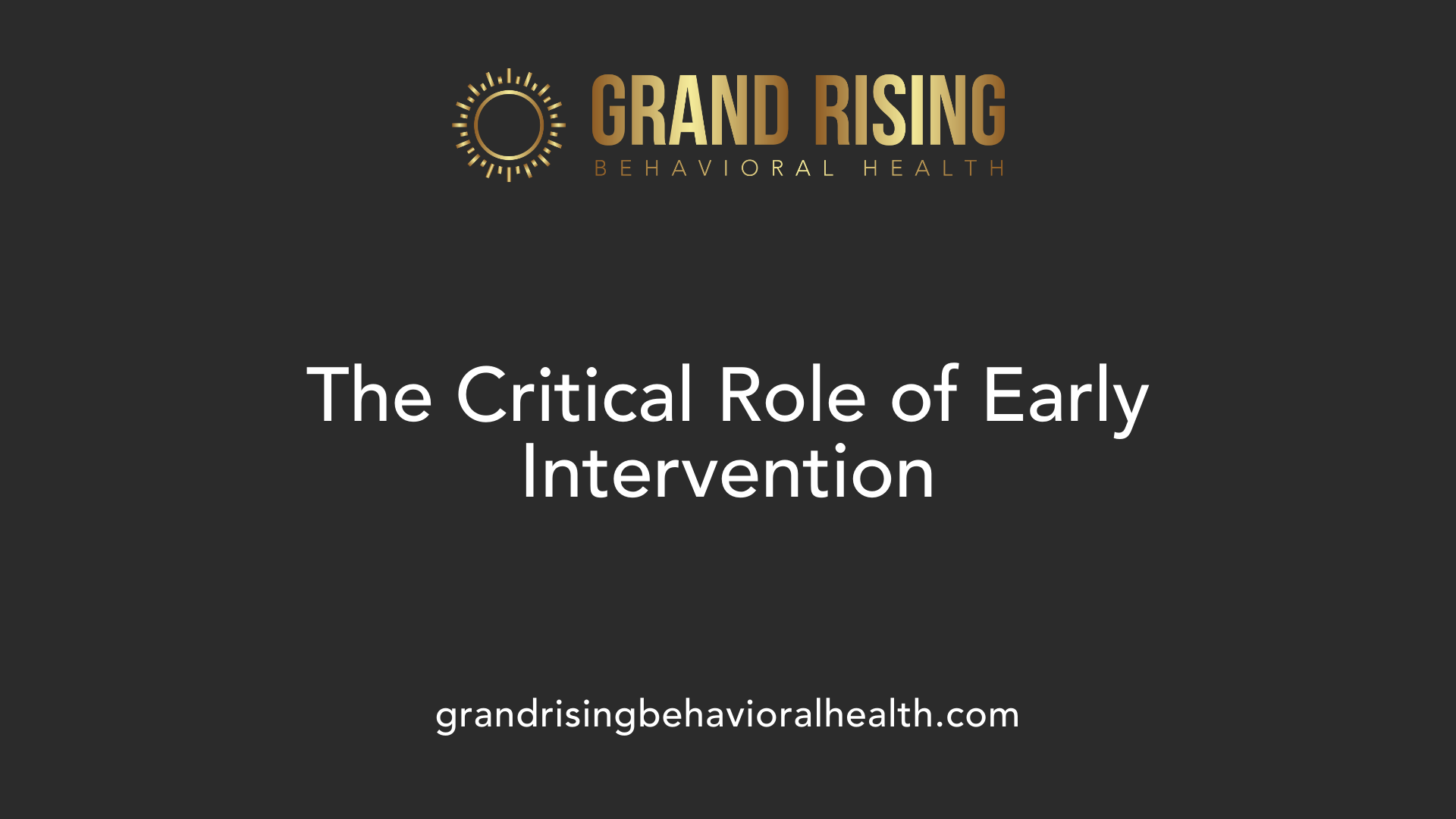
Why is early intervention important in treating childhood trauma?
Early detection and prompt response are vital in addressing childhood trauma. When traumatic experiences go unnoticed or untreated, children are at a higher risk of developing long-lasting mental health and emotional challenges, including PTSD, anxiety, depression, and behavioral problems.
Intervening early helps establish a sense of safety and trust, which are fundamental for recovery. It allows therapists and caregivers to create a supportive environment where children feel secure enough to express their feelings and experiences.
Timely therapeutic responses such as Trauma-Focused Cognitive Behavioral Therapy (TF-CBT) and Eye Movement Desensitization and Reprocessing (EMDR) are most effective when provided soon after the traumatic event or when symptoms first appear. These evidence-based therapies help children process their trauma, develop healthy coping mechanisms, and reduce ongoing distress.
Creating supportive environments also involves training caregivers, teachers, and health professionals to recognize trauma symptoms early. This awareness helps in engaging children promptly and tailoring interventions to meet their developmental needs.
Overall, early intervention prevents the escalation of trauma-related issues, supports healthier brain development, and fosters resilience. By addressing trauma early, children have a better chance of leading stable, fulfilling lives, free from the long-term impacts of untreated childhood trauma.
Supporting Children and Adolescents with Trauma Experience
What methods can support children and adolescents who have experienced trauma?
Supporting young individuals through trauma recovery involves a trauma-informed care approach that recognizes how widespread and impactful trauma can be. Central to this approach is creating an environment where children feel safe, trusted, and empowered to express themselves.
Therapeutic methods tailored for children and adolescents are essential in addressing trauma-related symptoms. Techniques such as Trauma-Focused Cognitive Behavioral Therapy (TF-CBT) combine cognitive restructuring with emotional regulation strategies, helping young clients process their experiences. Eye Movement Desensitization and Reprocessing (EMDR) offers a way to reduce the emotional impact of traumatic memories without prolonged exposure, often completing within a few sessions. Additionally, exposure therapy gradually helps children confront trauma triggers in a controlled manner, decreasing avoidance behaviors.
Incorporating developmentally appropriate interventions like play therapy and art therapy provides children with safe outlets for expressing feelings they might not yet have words for. These approaches foster emotional processing and self-awareness, making therapy engaging and accessible.
Creating safe spaces also involves peer support, cultural sensitivity, and involving families or caregivers. Support networks empower children by validating their experiences and encouraging resilience.
Healthcare professionals—such as pediatric nurses, psychologists, and social workers—are vital in assessment, intervention, and ongoing support. They work within multidisciplinary teams to develop individualized treatment plans that meet each child's unique needs.
Overall, implementing evidence-based, compassionate, and tailored treatment strategies can significantly enhance recovery, helping children and adolescents rebuild their sense of safety, trust, and strength.
Rationale and Strategies for Trauma Treatment
What is the rationale behind trauma treatment and intervention strategies?
Trauma treatment is fundamentally about helping individuals recover from the damaging effects of traumatic experiences. These experiences—such as exposure to violence, abuse, or severe loss—can profoundly impact mental, emotional, physical, and social health. The primary goal of trauma intervention is to reduce symptoms like anxiety, depression, flashbacks, and emotional dysregulation, while also addressing physiological responses linked to trauma.
Trauma-informed care approaches recognize that trauma affects much more than just mood or thought patterns. It influences brain function, immune response, sleep, and behavior. Therefore, effective strategies are holistic, aiming to restore safety, trust, and empowerment.
Therapies like Cognitive Behavioral Therapy (CBT), Eye Movement Desensitization and Reprocessing (EMDR), and exposure-based treatments target the core of traumatic memories. They work to diminish the vividness and emotional charge of these memories, encouraging individuals to process and integrate their experiences in a safe environment.
Preventing re-traumatization is also crucial. Interventions prioritize creating space where individuals feel secure enough to confront painful memories without feeling overwhelmed or unsafe. This fosters resilience, resilience being the capacity to adapt and recover despite adversity.
By addressing both the psychological and physiological aftermath of trauma, these approaches support long-term recovery. They help individuals regain control over their thoughts, emotions, and behaviors, ultimately fostering healing, restoring functioning, and enhancing overall well-being.
In summary, trauma treatment strategies aim to alleviate distress, promote resilience, and enable survivors to lead healthier, more fulfilling lives by addressing trauma's deep and lasting impacts on all aspects of health.
Fostering Healing and Resilience Across the Lifespan
Addressing childhood trauma within therapeutic settings is not only essential for the immediate emotional and psychological stabilization of affected children but also for their long-term health and development. Trauma-informed care, rooted in principles of safety, trust, collaboration, and cultural sensitivity, provides a comprehensive framework that supports healing and reduces re-traumatization. Employing evidence-based modalities like TF-CBT, EMDR, and play therapy enables tailored interventions that meet the developmental needs of children and adolescents. Early detection and intervention can forestall many long-term consequences, including mental health disorders and physical illnesses. Ultimately, integrating trauma-sensitive approaches into mental health services fosters resilience, promotes healthier relationships, and empowers children to transition into thriving adults. Prioritizing the treatment of childhood trauma is a vital investment in healthier communities and a more compassionate society.
References
- Trauma-Informed Therapy - StatPearls - NCBI Bookshelf
- Why Address Trauma in Children | Child Trauma | Lifeline for Kids
- Understanding Child Trauma - What is Childhood Trauma? - SAMHSA
- Addressing childhood trauma in a developmental context - PMC
- Addressing Childhood Trauma | NE - Imagine Omaha
- How Therapy for Adults with Childhood Trauma Heals
- Why Is Addressing Childhood Trauma Important? | TX
More Resources
A team ready to start your journey.
Get in touch — today.
We are a safe space – a haven for exceptional individuals to receive discreet, personalized, in-person treatment and care.
.avif)




